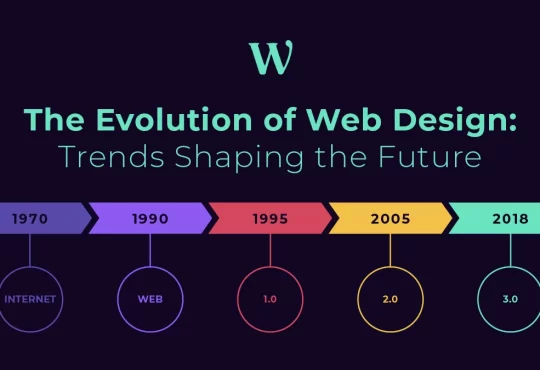
Among the total number of online users, over 56% of the traffic is contributed by mobile devices. Such an enormous user base surely speaks of opportunities for any Mobile App Development Company. So, what are your options if you create apps for clients or as a business owner needing one?
Do Mobile App Integration Platforms Exist?
Is there a thing such as a mobile app integration platform? Not quite.
What exists are mobile app development frameworks that come bundled with the necessary tools to build and test mobile applications.
Learning that such frameworks exist is important because they deliver functionality to our everyday lives. From the apple watch we use to the scan & pay services we use without a second thought, all of it undergoes creation and testing within a definite Mobile App Development Framework.
But, before we have a glance at which framework fulfils what purpose or, say, accomplishes which feats, consider the following:
Mobile Apps can be segregated into three categories based on how they function on a smartphone.
- Native Apps – Such apps use features like Device RAM, GPS, Camera, etc.
- Web Apps – Apps that deliver the experience of accessing emails, online shopping sales, and instant messaging apps.
- Hybrid Apps – Such apps combine the functionalities of both Native Apps & Web Apps.
Each of these categories can possibly use the same Mobile App Development Framework, but it’s not a necessity. Let’s look at some of the widely used mobile app development frameworks!
Top Best Mobile Apps Development Frameworks!
The best thing about developing mobile apps is that taking certain freedoms can impart specific functionalities. Learn more about them as you check out the different frameworks below!
-
Flutter
It is an open-source and free framework by Google that lets a developer create versatile Mobile apps for Android and iOS devices. The provided SDK packages and its unparalleled UI are perfect for employing cross-platform application development for creating native-like apps.
Other useful tools that come bundled with the framework include widgets, a rendering engine, support for debugging and integrating APIs, and other resources. Using the framework assists in the rapid development process, and since it can develop cross-platform serviceability, incorporating a Xero Magento integration can be a breeze.
-
React Native
The next or ideally more popular mobile app development framework is React Native, which is built and supported by Facebook. A developer can easily build cross-platform hybrid and native apps through it, using single code for multi-platform uses. The prominent examples of apps made using this framework include Tesla, Amazon Prime, AirBnB, Skype, etc.
It’s worth noting that while it utilises a similar syntax to using CSS, it does not make use of HTML and CSS. Instead, it’s the messages from the JavaScript thread that are used for exploiting native news. But, the framework requires leveraging the following languages for developing native apps for these platforms:
- Objective – C or Swift for iOS,
- Java or Kotlin for Android,
- C++ or WinRT or C# for Windows 10.
-
Xamarin
It is another useful alternative to developing mobile applications for Android and iOS platforms. Since it employs C# language, applications built using it requires fewer lines of code. Moreover, its scripts can be transferred to other systems for the purpose of application creation, like Windows and macOS.
Although Microsoft has acquired Xamarin, it delivers flawless native functionality that further enhances Microsoft Visual Studio-linked app development management. Likewise, it can be used to enact a Xero WooCommerce integration using relevant APIs and components.
-
Swiftic
It is among the easy-to-use mobile development frameworks used widely by learning developers. Swiftic allows the creation of unique applications without needing fresh code, which can instead be acquired and integrated from the internet.
The smooth user experience paired with specialised banking functionality integration support of Swiftic lets a developer design, launch and expand their application from a unified control panel.
-
Native Scripts
It is an open-source framework that lets developers create apps using Angular, Typescript, JavaScript, CSS, and Vue.js. For a Mobile App Development Company, using it can be pretty beneficial since it offers a Native user interface without Web Views. Additionally, it is possible to use the framework for Cross-platform application development with its full and direct access to Android & iOS APIs.
Verdict
Picking the top mobile application development framework among the provided depends upon the need and functionality required in the apps. For instance, using Xamarin will be better feasible to build Native-like apps for Windows instead of relying on something else like Swiftic.
Likewise, Native Scripts is also a good option for modifying the code and application developed in Flutter and React Native. So, when confusion exists about the ideal framework for mobile app development, it’s worth discussing it with a professional.
At best, you will obtain clarity over which framework will offer better functionality and scalability. There is no worst-case scenario here because each framework is quite modern and equipped with all the required tools to create unique apps.




